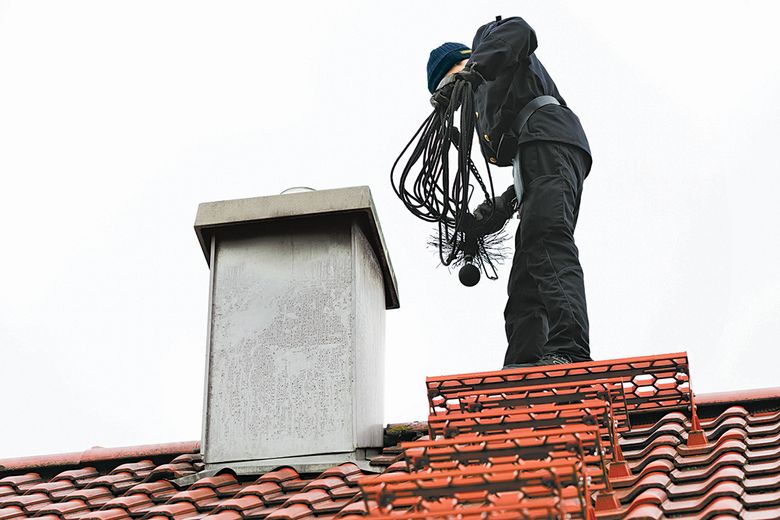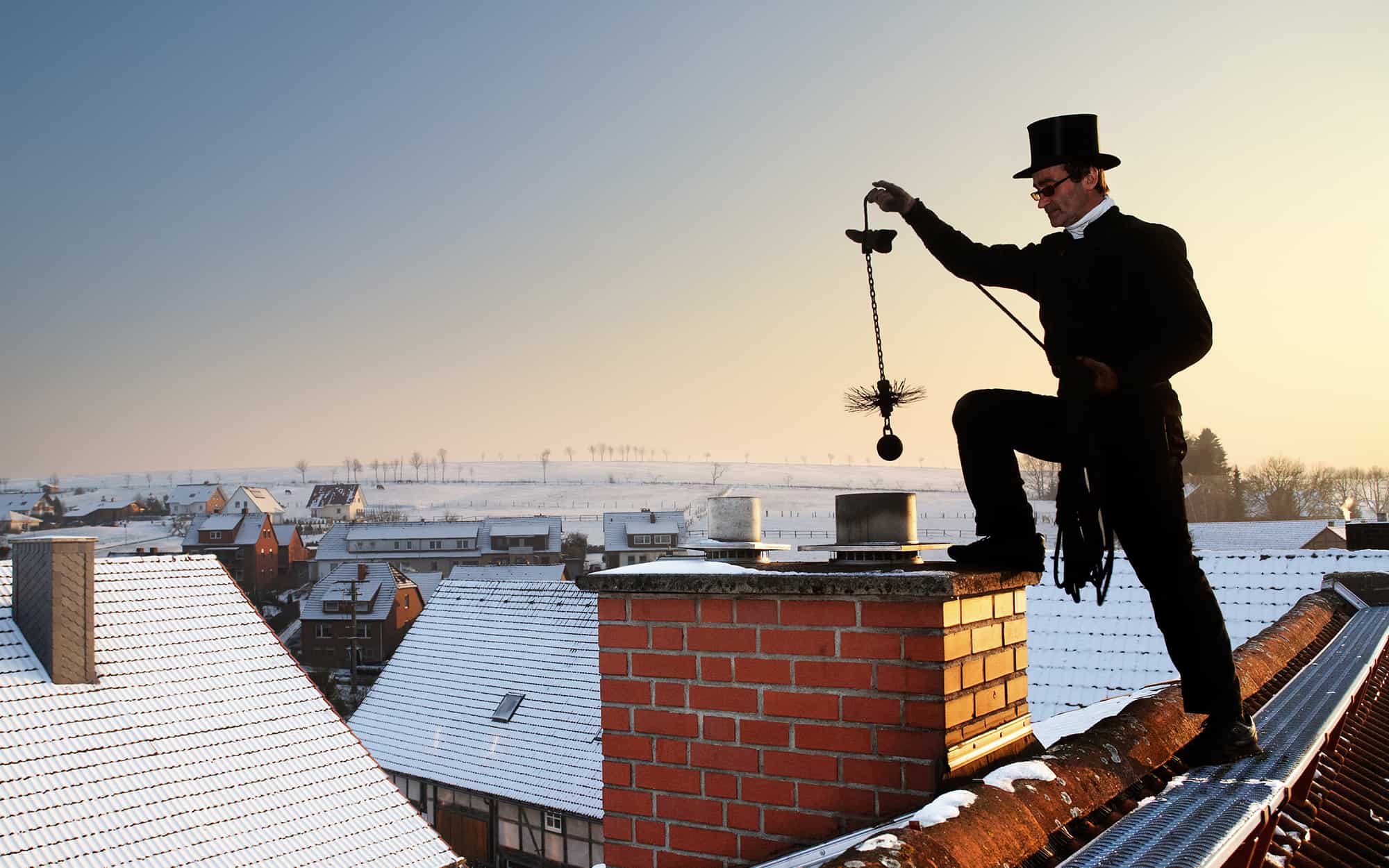Chimney Clean San Jose Proficiency: Specialist Take Care Of Your Fireplace and Fireplace
Chimney Clean San Jose Proficiency: Specialist Take Care Of Your Fireplace and Fireplace
Blog Article
Keeping Your Chimney in Leading Forming: The Significance of Normal Cleansing
Maintaining your chimney in leading shape is important for the security and capability of your home. Routine cleaning is a vital aspect of smokeshaft upkeep that must not be neglected. Neglecting smokeshaft cleaning can lead to a variety of dangers and concerns, such as the accumulation of creosote, a very combustible compound.
The Risks of Neglected Chimney Cleansing
Ignored chimney cleansing can lead to significant risks and threats to both the architectural stability of the smokeshaft and the safety of those living in the home. Smokeshafts play a critical role in guiding smoke and toxic gases out of the house, making sure a healthy and secure living environment.
One of the primary dangers of neglected chimney cleansing is the capacity for smokeshaft fires. Creosote, a black, tar-like material that accumulates in the flue in time, is very combustible. Otherwise removed with regular cleansing, it can ignite and create a chimney fire. These fires can quickly spread to the remainder of the home, triggering comprehensive damages and placing the lives of the residents at risk.
In addition to the threat of fires, disregarded chimney cleansing can additionally lead to carbon monoxide poisoning. When chimneys are clogged, poisonous gases such as carbon monoxide can end up being trapped inside the home instead of being safely gotten rid of through the chimney.
In addition, neglecting chimney cleaning can compromise the architectural stability of the chimney. As an outcome, water can leak into the smokeshaft, creating further damages and possibly affecting the surrounding structure of the home.
Advantages of Normal Chimney Maintenance
Regular smokeshaft maintenance provides several essential benefits for house owners. Among the main benefits is fire avoidance. A clean smokeshaft lowers the risk of smokeshaft fires, which can cause comprehensive damage to a home. Over time, soot and creosote can construct up in the smokeshaft, developing an extremely flammable substance. Routine cleaning gets rid of these deposits, lessening the opportunity of a fire starting and spreading out.

Regular chimney maintenance also aids to extend the lifespan of the smokeshaft. By addressing any issues or damages beforehand, home owners can stop tiny problems from coming to be major repair services. This can save money and time in the long run.
Finally, normal chimney maintenance can assist to keep the effectiveness of the chimney. A tidy chimney permits correct airflow, which improves the performance of the fireplace or wood-burning range. This suggests that home owners can enjoy a warmer, much more reliable heating system during the colder months.
Just How Creosote Accumulation Can Impact Your Chimney
Creosote accumulation dramatically affects the efficiency and security of your smokeshaft. Creosote is a black, sticky substance that creates when timber and various other natural materials are melted. As the smoke increases through the smokeshaft, it cools and condenses, leaving site behind a deposit on the smokeshaft walls. Gradually, this deposit accumulates and forms creosote.
One of the primary ways creosote impacts your smokeshaft is by visite site decreasing its efficiency. As creosote accumulates, it narrows the flue, restricting the circulation of smoke and gases out of your home. This can result in poor ventilation, triggering smoke to support into your living room and raising the danger of carbon monoxide gas poisoning.

Regular cleaning is important to prevent creosote accumulation and maintain the safety and security and performance of your chimney. By organizing specialist chimney inspections and cleansings at the very least annually, you can ensure that any creosote is eliminated before it ends up being a danger. In addition, utilizing well-seasoned timber, burning little, hot fires, and preventing excessive air limitation can assist lessen creosote development.
Protecting Against Chimney Terminates With Regular Cleaning
Proactive upkeep is vital in safeguarding your chimney versus the destructive repercussions of fire. One of the most reliable methods to stop chimney fires is via regular cleansing.

By organizing regular smokeshaft cleansings, you can ensure that any type of creosote buildup is eliminated prior to it comes to be a fire threat - Chimney Clean San Jose. Professional smokeshaft sweeps have the experience and specialized devices to web extensively clean your chimney, eliminating the creosote and avoiding fires
It is suggested to have your smokeshaft cleaned up at the very least yearly, or much more often if you utilize your fireplace or wood-burning oven often. Additionally, normal evaluations can recognize any type of possible issues or damages that might boost the risk of a smokeshaft fire.
Guaranteeing the Safety of Your Home With Routine Chimney Evaluations
To make sure the safety of your home, it is very important to consistently check your smokeshaft. Smokeshaft evaluations play a critical function in identifying possible hazards and resolving them quickly. In time, chimneys can establish cracks, obstructions, or other architectural issues that might endanger their functionality and pose a risk to your home's safety.
Regular chimney inspections can aid protect against and spot chimney fires, carbon monoxide gas leakages, and other hazardous scenarios. A comprehensive assessment includes analyzing the condition of the smokeshaft liner, inspecting for creosote buildup, examining the chimney cap and crown, and examining the outside of the smokeshaft for any kind of indications of damage.
By conducting routine smokeshaft assessments, you can recognize and address any issues prior to they intensify into significant troubles. Prompt repair work or maintenance can assist prevent expensive problems to your chimney and ensure that it remains to operate safely and successfully.
It is advised to hire an expert smokeshaft inspector for detailed and accurate analyses. These specialists have the understanding, experience, and specialized tools to perform extensive examinations and give ideal recommendations for repairs or upkeep.
Final Thought
In conclusion, normal cleansing and upkeep of your smokeshaft are vital for guaranteeing its safety and security and avoiding prospective risks. Ignored chimney cleaning can bring about the buildup of creosote, which can create chimney fires. Chimney Clean San Jose. By organizing regular cleaning and inspections, you can mitigate the risks related to an improperly kept smokeshaft and protect your home
Neglected chimney cleaning can lead to serious risks and threats to both the structural stability of the chimney and the safety and security of those staying in the home. When smokeshafts are obstructed, harmful gases such as carbon monoxide can come to be trapped inside the home instead of being safely removed through the smokeshaft.Moreover, overlooking chimney cleansing can jeopardize the structural honesty of the smokeshaft.Finally, routine chimney upkeep can help to keep the effectiveness of the smokeshaft. As the smoke climbs via the chimney, it cools down and condenses, leaving behind a residue on the smokeshaft walls.
Report this page